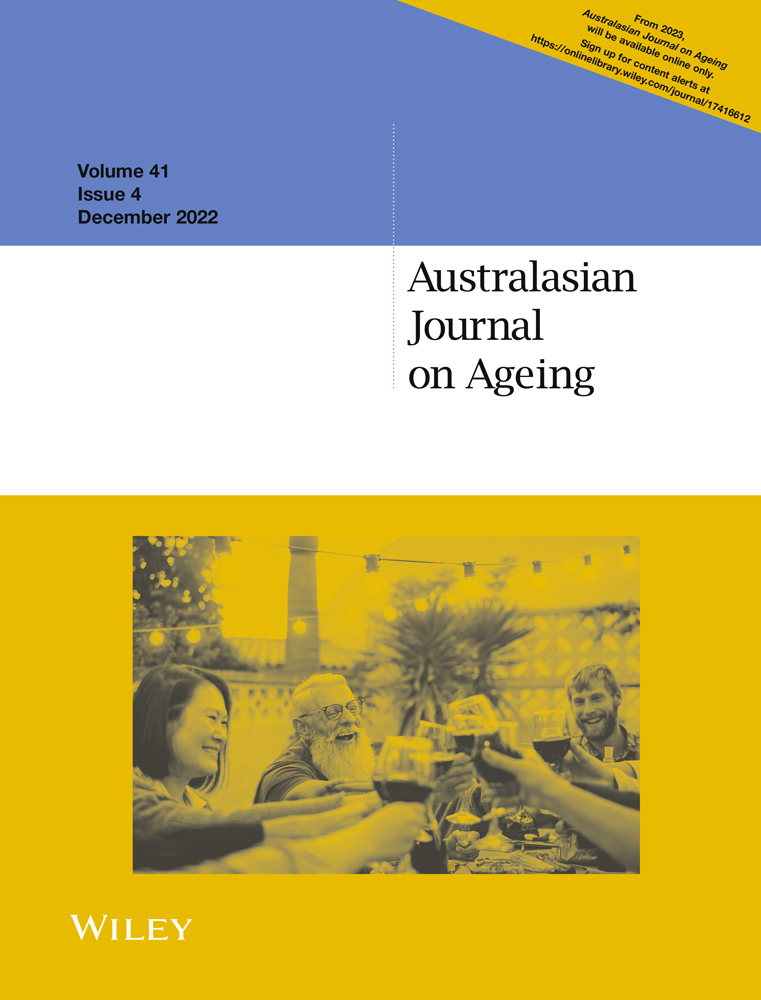A combined diagnostic approach based on serum biomarkers for sarcopenia in older patients with hip fracture
Funding information
This study was supported by the basic medical and health science and technology project of Wenzhou Science and Technology Bureau (No. Y20210435)
Shengwu Yu and Li Chen contributed equally to this work.
Abstract
Objective
To develop prediction models for sarcopenia in older patients with hip fracture based on a specific set of serum biomarkers aimed at estimating appendicular skeletal muscle mass and diagnosing sarcopenia.
Methods
Older patients with hip fracture admitted to the First Affiliated Hospital of Wenzhou Medical University from January 2020 to June 2021 were recruited, screened for sarcopenia and tested for peripheral blood levels of specific serum biomarkers preoperatively. Participants were randomly divided into a training set and test set. Common factors were extracted from selected biomarkers through factor analysis, and regression models were established in the training set and verified in the test set.
Results
A total of 212 patients were enrolled, and the prevalence of sarcopenia was 22.8% in men and 19.5% in women. Significant differences in cystatin C, estimated glomerular filtration rate based on cystatin C, sarcopenia index, new sarcopenia index, haemoglobin and albumin were observed between patients with and without sarcopenia. Two regression models were developed in the training set. The validation of the test set confirmed that the linear regression model showed good consistency in predicting appendicular skeletal muscle mass index, while the logistic regression model showed high accuracy in predicting sarcopenia.
Conclusions
Both prediction models exhibited potential clinical application value for estimating appendicular skeletal muscle mass and predicting sarcopenia in older patients with hip fracture, providing new insights into the serological diagnosis of sarcopenia.
CONFLICTS OF INTEREST
No conflicts of interest declared.
Open Research
DATA AVAILABILITY STATEMENT
The data that support the findings of this study are available from the corresponding author upon reasonable request.




